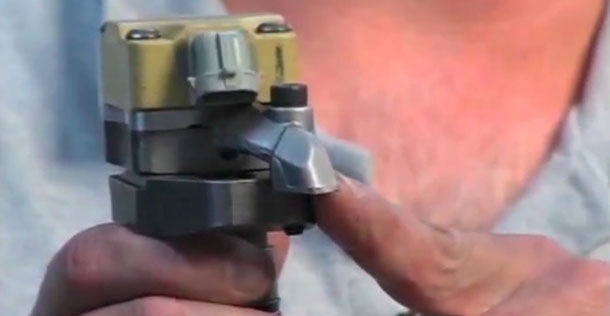4 & 5 Gas Emissions Quick Quiz
Do you know how to make more money by selling more fuel injection service and cutting your diagnostic time? Take our five question quick quiz to discover how you can do this and more by using your gas analyzer as a diagnostic tool!

Ford 7.3 DIT Powerstroke Tech Tips
In this excerpt, Mike Cleary gives you several quick fixes on various Powerstroke engine problems. Tech tips include 1994 ½ EEC tests, injector spill spouts, camshaft position sensor codes, and dead accelerator pedals. He also covers dual mass flywheels, air cleaner updates, injector replacement procedures, and loose IPR jam nuts, as well as injector performance analyzers, oil consumption, no start relay ratcheting, and much, much more!

Engine Series: Lining Up I-6 Engine Service
A Look into BMW’s Inline Six-Cylinder Powerplants
Tool Rules: Scanning the Market for Diagnostic Equipment
One thing you can always count on in the automotive repair business is that diagnostic equipment is constantly changing. It must to keep pace with changing automotive technology. So the latest crop of scan tools and code readers have more features, more capabilities and give you more bang for your buck than ever before.
Tool Rules: Sniffing Out Engine Problems
WEB EXCLUSIVE ARTICLE FOR FEBRUARY:
Many technicians think an emissions analyzer is only useful for troubleshooting emission faults or for verifying a vehicle is in emissions compliance (not polluting). Truth is, an emissions analyzer is a great tool for diagnosing a wide variety of engine performance problems, even coolant leaks due to a blown head gasket.
TT September 08 Pop Quiz – Emission Systems
Chose the best answer that best fits the following questions or statements
Component Connection: A Little Homework Goes a Long Way
A Study in Starter Failures – In the early days of the automobile, starting an engine consisted of first retarding the spark and adjusting the hand choke to optimum fuel mixture. The next step was to pull a cylinder onto compression stroke and “snap” the piston past top dead center with the hand crank. Modern starters, of course, use an electric solenoid to close the circuit between the battery and starter motor and to keep the drive pinion engaged with the flywheel until the engine achieves idle speed.
Tire Talk – Sealing Up Internal Engine Injuries
Adapted from Bob Dowie’s article in ImportCar
Scoping Out Your Options for Equipment
Adapted from Brian Manley’s article in Tech Shop
Muscling in on Restoration & Performance Work
Adapted from Larry Carley’s article in Underhood Service
